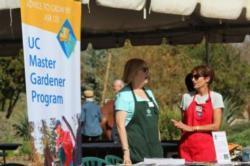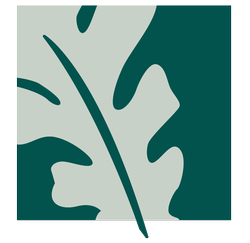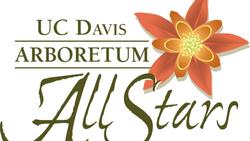
Gardening Helpline
Fresno Master Gardeners Helpline

Our gardening Helpline is open and we are here to help!
Please email your questions to mgfresno@ucanr.edu
Including photos is helpful. We are looking forward to hearing from you!
Plant Right
Identify
PlantRight has worked with researchers at University of Washington and University of California, Davis to develop the PlantRight Plant Risk Evaluator (PRE), a method for determining a plant’s potential for becoming invasive in any specific region. We use this tool to determine which plants have a high risk of becoming invasive, which plants require more research, and which plants have a low risk of becoming invasive in a particular area. Plants on our priority invasive plant list were found to be high risk using PRE or are on the California Invasive Plant Council (Cal-IPC) Invasive Plant Inventory. Learn more about how we update the plant list.
LANDSCAPE TREES

Find an Arborist Results
Soil Testing
Arboretum All Stars UC Davis
 UC Davis Arboretum and Public Garden
UC Davis Arboretum and Public Garden

Our horticultural staff garden with many species of plants and, over the years, have gained unique insights into which plants work well in our area, even under difficult conditions. After narrowing down their favorites to a list, testing them in the Arboretum as well as field trials throughout the state, they picked these 100, hence the name, “Arboretum All-Stars.”



